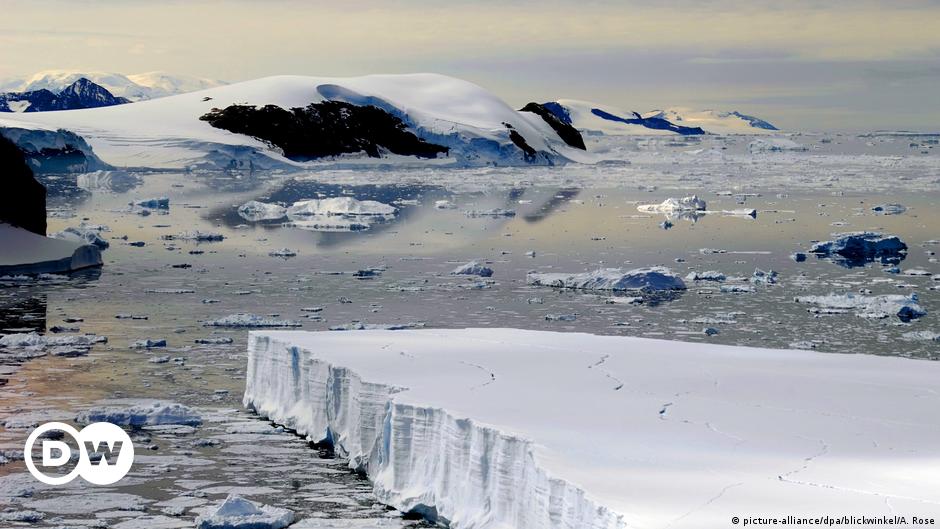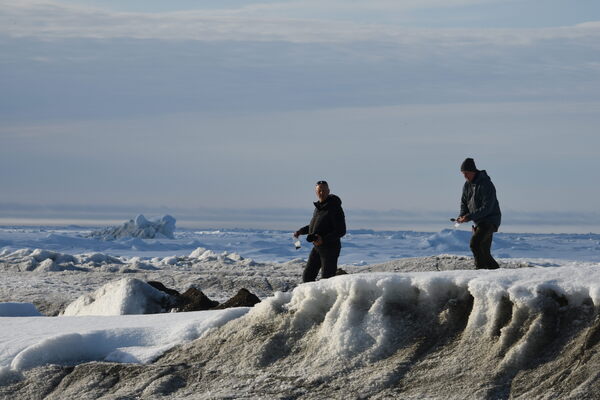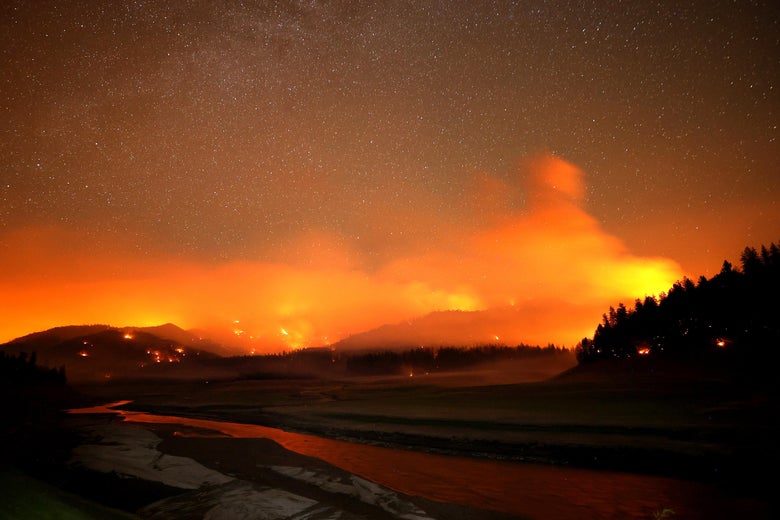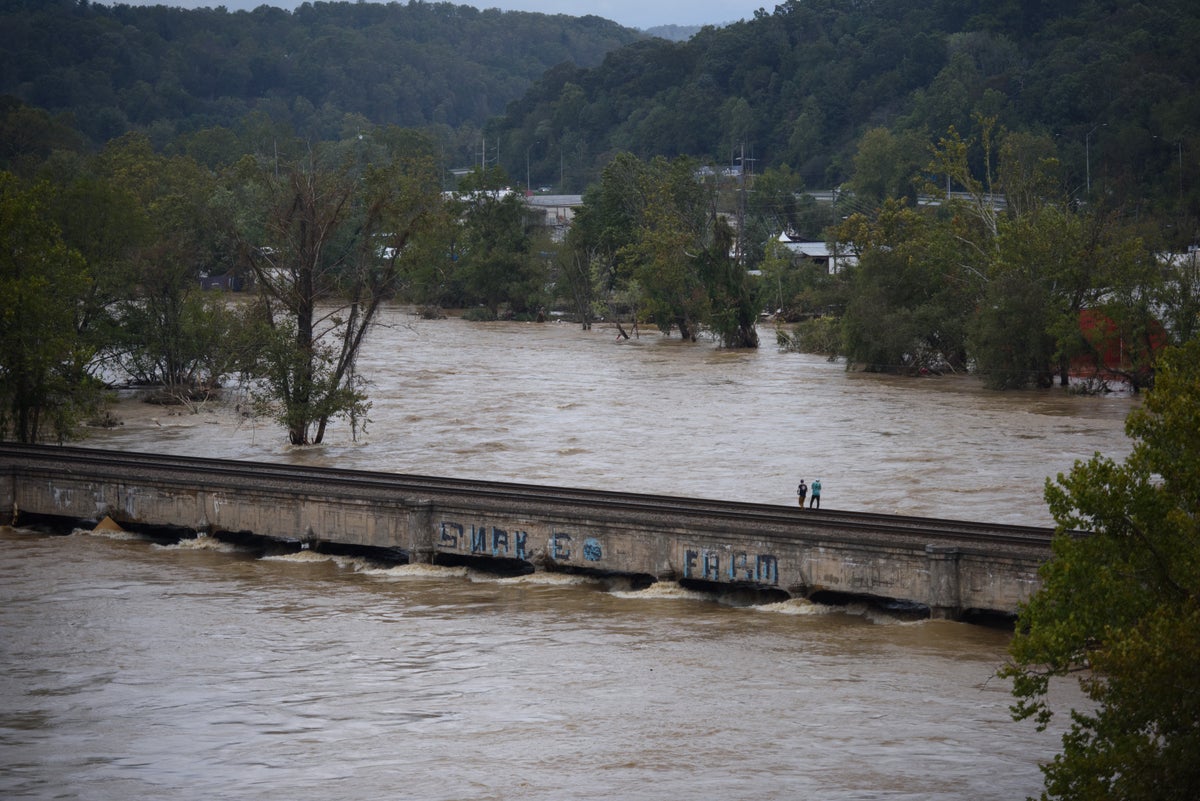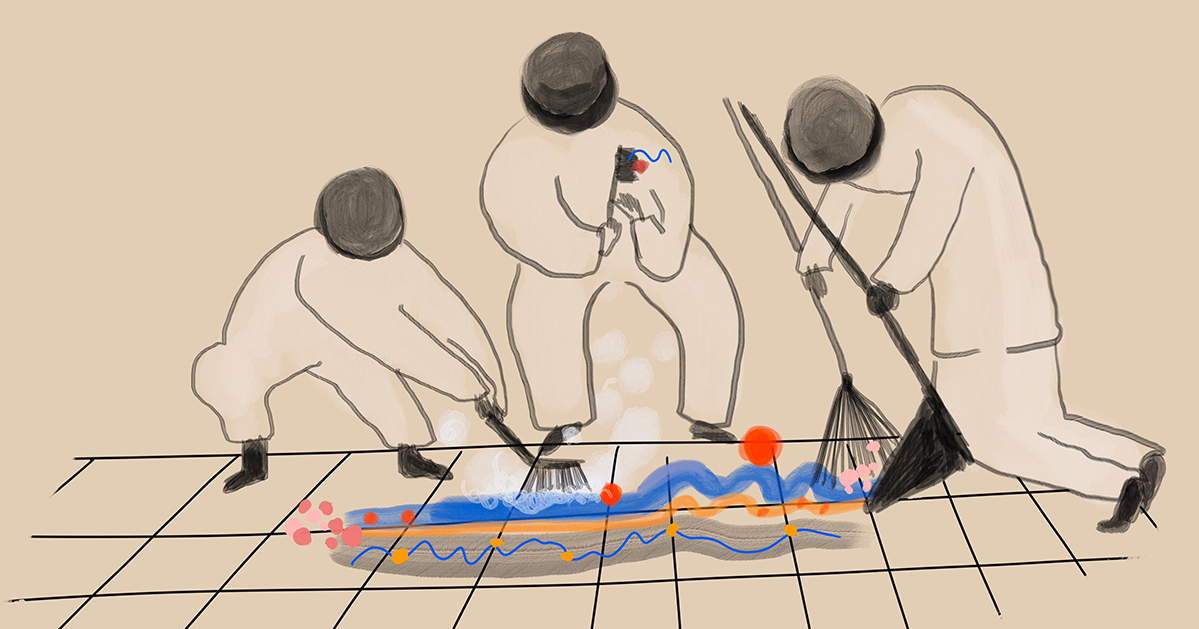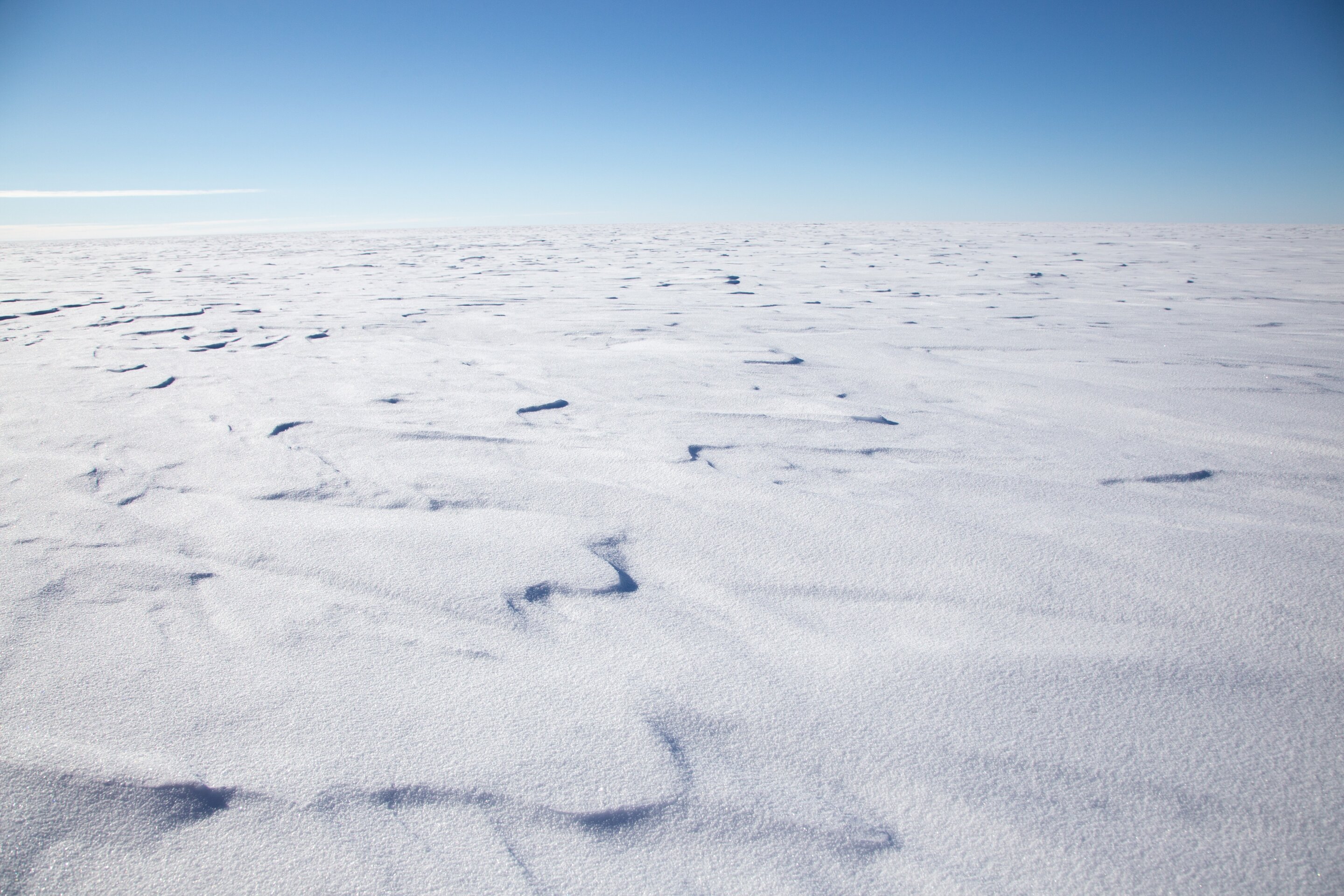
'Doomsday' glacier set to melt faster and swell seas as world heats up, say scientists
This article has been reviewed according to Science X's editorial process and policies. Editors have highlighted the following attributes while ensuring the content's credibility:
Tidal action on the underside of the Thwaites Glacier in the Antarctic will "inexorably" accelerate melting this century, according to new research by British and American scientists. The researchers warn the faster melting could destabilize the entire West Antarctic Ice sheet, leading to its eventual collapse.
The massive glacier—which is roughly the size of Florida—is of particular interest to scientists because of the rapid speed at which it is changing and the impact its loss would have on sea levels (the reason for its "Doomsday" moniker). It also acts as an anchor holding back the West Antarctic ice sheet.
More than 2 kilometers (1.2 miles) thick in places, Thwaites has been likened to a cork in a bottle. Were it to collapse, sea levels would rise by 65 centimeters (26 inches). That's already a significant amount, given oceans are currently rising 4.6 millimeters a year. But if it led to the eventual loss of the entire ice sheet, sea levels would rise 3.3 meters.
